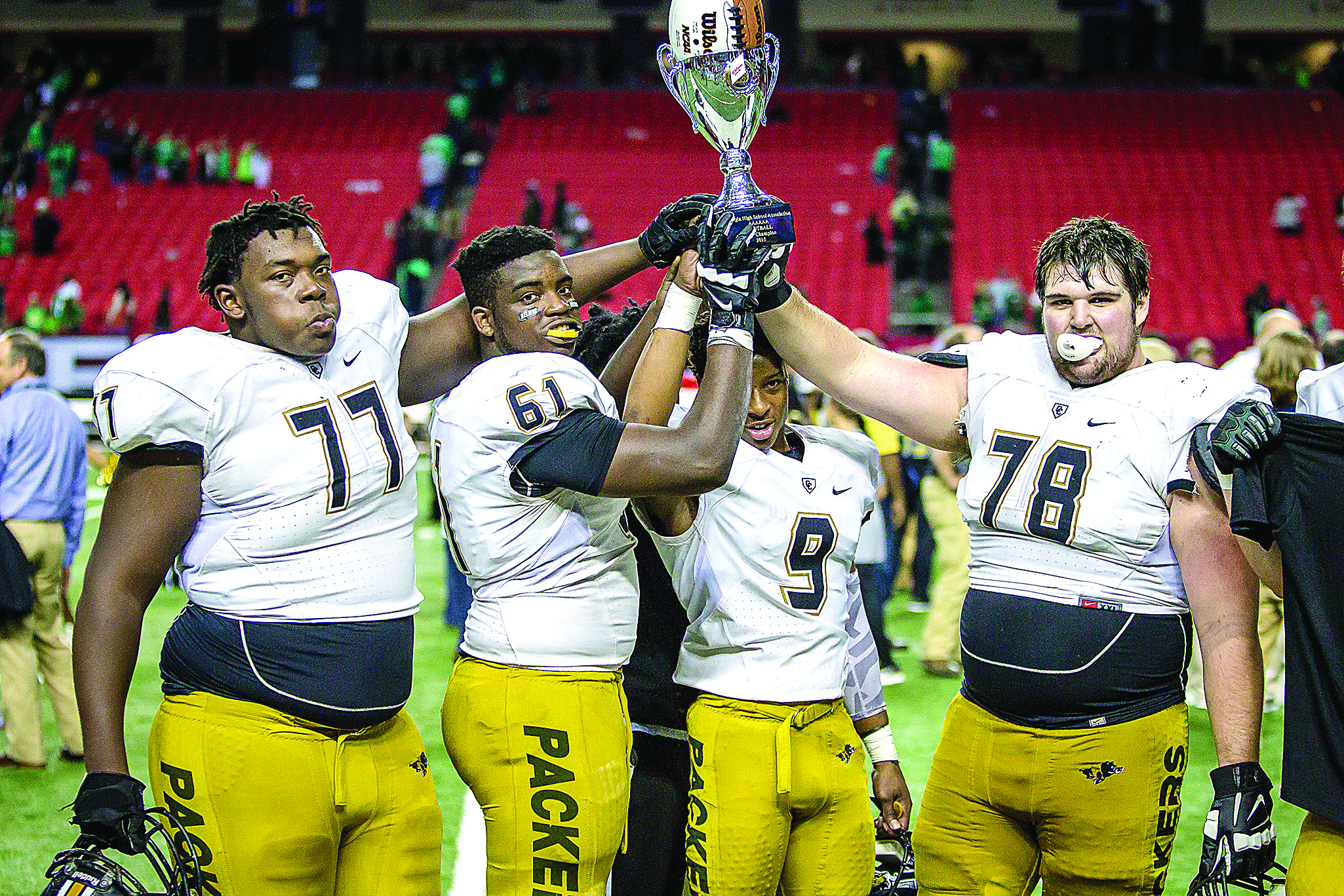The bark of the river birch is very distinctive
Published 6:20 pm Saturday, August 6, 2016

- Eddie Seagle.
“The best time to plant a tree was twenty years ago. The next best time is now.” Chinese proverb.
“You can live for years next door to a big pine tree, honored to have so venerable a neighbor, even when it sheds needles all over your flowers or wakes you, dropping big cones onto your deck at still of night.” Denise Levertov.
Trending
It’s August and it’s school time and it’s hot! As we brave the heat, we know that cooler times are coming – just not sure how soon. Our mission team was in Peru last week and it’s winter there – the temps were from 50 to 70 degrees F each day. What an awesome relief to this south Georgia heat. Thank you Jesus!
We know that fall is right around the corner. And with fall, comes a renewed interest in the yard and the landscape and trees. A tree that offers great interest is the amazing river birch (Betula nigra or water birch) which is native to the eastern and southern United States. It is a deciduous tree commonly found in the flood plains and swamp areas. The bark of the river birch is usually dark gray-brown to pinkish-brown and scaly. And in some situations it appears smooth and creamy pinkish-white with exfoliating curly papery sheets. The flowers are wind-pollinated catkins with the male as pendulous and the female as erect. The fruit matures in the late spring and consists of numerous tiny winged seeds positioned between the catkin bracts.
While its native habitat is a wet, lower environment, the river birch will grow on higher elevations. The bark of the river birch is very distinctive, thus making it a favored ornamental tree for landscape uses. Several cultivars with whiter bark than the typical native type have been selected for landscape planting including Heritage and Duraheat. Also, these two are recognized as being tolerant of the bronze birch borer (Agrilus anxius) in warmer areas of the southeast.
The cinnamon-colored, exfoliating bark of the river birch is awesome in appearance during the winter months (fall leaf color is golden yellow). During the growing season it exhibits lustrous, medium-green leaves (silvery white underneath) and tolerates wet soils and dry summers. It does not tolerate shade and prefers slightly acid to neutral and moist soil conditions. The river birch is the most common birch tree found in our area since most birch species prefer the cooler climates to the north. It is a fast-growing tree but its life is short compared to most trees.
The bark of the river birch varies according to its age as young trees have a silvery gray bark with light reddish-brown patches and the older trees have dark reddish-brown bark (almost black). It has two different flowers with the male flowers growing in the fall, remaining on the tree through the winter, and producing pollen in the early spring. The female flowers grow in the spring and turn into fruit in May and June (cone filled with hairy seeds) after pollination and are dispersed by wind and water. The ripening of seed coincides with high water levels of rivers (its native setting) thus allowing the seed to be carried long distances by the water. The seed germinates quickly in the mud thus allowing it to grow in areas where it helps prevent erosion.
In such natural settings, the river birch usually grows close to water and is often found on sandbars, islands in streams, streambanks, lakeshores, and floodplains. Other trees found growing in nature in the vicinity of the river birch include American sycamore, red maple, silver maple, black willow, American hornbeam, yellow poplar, blackgum, black cherry, American elm, sugar maple, boxelder, mockernut hickory, American beech, ash, sweetgum, and pin oak.
Trending
The river birch is one of the most recognizable and beautiful trees in the landscape. It sheds its bark constantly which drops underneath the tree as a beneficial mulch thus preventing aggressive competition from weeds and other unwanted plants. It is much more resilient and heat tolerant than the white paper birch and is very popular for landscaping on estates, golf courses, metropolitan locations, small business locations, recreational areas, parks, and homes. The river birch is a very popular lawn tree which thrives easily in hot, humid locations and exhibits the attractive peeling bark feature. As one of the fastest growing and outstanding shade trees, it can offer energy savings through temperature control thus lowering your electricity bill as an added bonus.
The river birch can be purchased as a multi-trunk shade tree, although the single trunk specimens are most preferred. It can be used as a screen or shade tree, and as a street tree with irrigation. They are attractive when planted in groupings, especially against a dark background. Because of its shallow root system, the river birch is easy to transplant. It should be pruned during the summer to minimize excessive sap bleeding which can result from spring pruning.
The cultivars include Cully (a broad pyramidal with lighter bark than the species and large, glossy green leaves offering a good resistance to bronze birch borer) and Heritage (a heat-tolerant, highly adaptive cultivar with larger, glossier leaves). The Royal Horticultural Society labels Cully as Heritage and is sold under the name of Heritage even though many distinguish it as an independent cultivar.
Heritage received a Pennsylvania Horticulture Society Gold Medal in 1990 and was selected as 2002 Tree of the Year by the Society of Municipal Arborists. The bark of Heritage is whiter than any birch resistant to bronze birch borer. Heritage offers many positive traits including a cold tolerance in northern environments and a tolerance to the heat of the southern environments.
Other cultivars include Duraheat (glossy dark green, closely spaced leaves with yellow fall color, aphid resistant, and bark exfoliation at early age), Fox Valley (a dense, compact, oval to rounded habit with branches to the ground and dense foliage), and Suwanee (lustrous dark green leaves with salmon white exfoliating bark). Avoid those selections that exhibit growth patterns not consistent with the species including variegated leaves and weeping growth habits.
Always think in terms of native and sustainable plants in the landscape. Keep your hanging baskets and potted plants refreshed with water and food. Remember to feed and water the songbirds. Give your pets the care they need. Do not leave them unattended in a hot car or tied to a tree all day long. Also, be on lookout for children playing and bicyclists riding along the streets and roadways throughout our communities as summer gives way to start of the new school year. Don’t drive distracted or impaired, and don’t text while driving. Help the homeless and those in need every chance you get. Let’s keep everyone blessed and safe!
“Blessed are they that do His commandments, that they may have right to the tree of life, and may enter in through the gates into the city.” Revelation 22:14.





